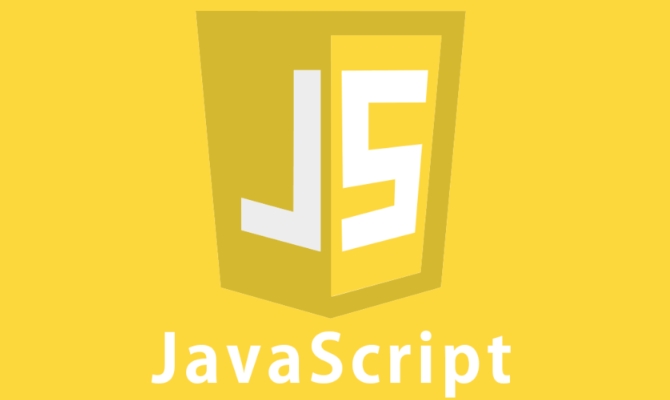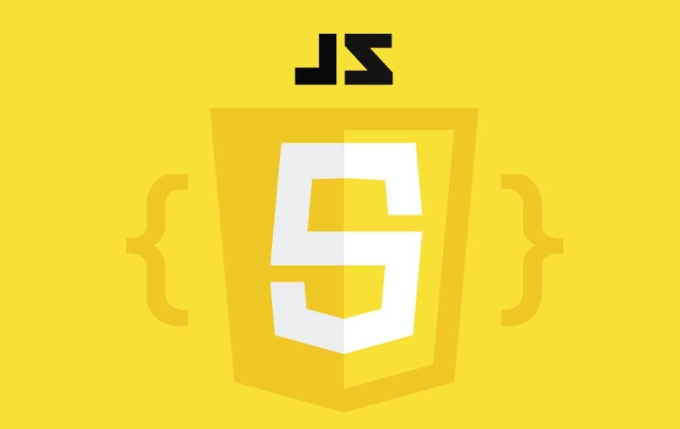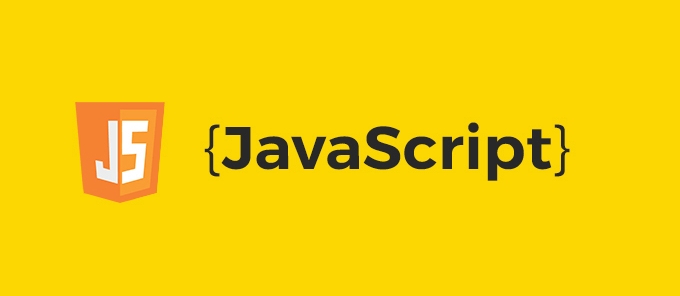React vs Angular vs Vue: which js framework is best?
Which JavaScript framework is the best choice? The answer is to choose the most suitable one according to your needs. 1. React is flexible and free, suitable for medium and large projects that require high customization and team architecture capabilities; 2. Angular provides complete solutions, suitable for enterprise-level applications and long-term maintenance; 3. Vue is easy to get started, suitable for small and medium-sized projects or rapid development. In addition, whether there is an existing technology stack, team size, project life cycle and whether SSR is required are also important factors in choosing a framework. In short, there is no absolutely the best framework, the best choice is the one that suits your needs.

Which JavaScript framework is the best choice? Actually, there is no absolute answer, but it can be judged based on your needs and project type. React, Angular and Vue are all mainstream front-end frameworks (or libraries) that each have suitable scenarios and advantages.

React: Flexible but requires more configuration
React is a front-end "library" developed and maintained by Facebook. It does not come with a complete architectural solution like Angular, but emphasizes componentization and flexibility. If you want to have higher degrees of freedom in your project, or want to match your own tools such as state management and routing (such as Redux React Router), React is a good choice.

- advantage :
- Large community, rich ecology
- Strong component reusability
- Support server-side rendering (Next.js)
- shortcoming :
- Beginners may be confused when faced with too many choices
- There are few default configurations, and you need to manually build the engineering system
React is more suitable for medium and large projects, or when teams already have front-end architecture capabilities.
Angular: an enterprise-level framework out of the box
Angular is a complete MVC framework launched by Google. It has built-in modules such as routing, form verification, HTTP client, and dependency injection, which is very suitable for enterprise-level application development. If you want a framework to provide a complete set of development specifications and structures to reduce decision-making costs, Angular is a good choice.

- Features :
- Using TypeScript, the code is highly maintained
- Provide CLI tools to quickly generate components and services
- Large projects suitable for long-term maintenance
However, its learning curve is relatively steep, especially for beginners who are just starting out, they may feel that there are too many concepts and too complex.
Vue: Quick to get started, suitable for small and medium-sized projects
Vue's design goal is to be simple and easy to use without losing functional integrity. It's more like a complete framework than React and lighter than Angular. Vue's documentation is very well written and the community is growing rapidly, especially in China.
- Suitable for people :
- Front-end novices
- Small and medium-sized project development
- Rapid prototyping
Vue 3 introduces the Composition API, making logic reuse more convenient and improving performance. If you don't want to spend too much time doing complex configurations, but want to have a good development experience, Vue is a very pragmatic choice.
How to choose? It's enough to see these points
- Do you have clear technical stack requirements ? If the company's technology stack has already used Angular, then continue to use it.
- Are you an individual developer or a teamworker ? If it is a small team or solo development, Vue or React is more suitable.
- Project size and life cycle ? It is recommended to use Angular or React for large projects that are maintained for long-term maintenance; Vue can be considered for short-term projects or MVP.
- Is SSR (server-side rendering) required ? React (Next.js) and Vue (Nuxt.js) have mature solutions, and Angular is also OK but the configuration is slightly complicated.
In general, React, Angular and Vue have their own advantages, and the key is to match your specific needs. You don’t have to pursue “the most popular” or “the highest performance”, the best thing that suits you is. Basically that's all, don't be stumped by choice?
The above is the detailed content of React vs Angular vs Vue: which js framework is best?. For more information, please follow other related articles on the PHP Chinese website!

Hot AI Tools

Undress AI Tool
Undress images for free

Undresser.AI Undress
AI-powered app for creating realistic nude photos

AI Clothes Remover
Online AI tool for removing clothes from photos.

Clothoff.io
AI clothes remover

Video Face Swap
Swap faces in any video effortlessly with our completely free AI face swap tool!

Hot Article

Hot Tools

Notepad++7.3.1
Easy-to-use and free code editor

SublimeText3 Chinese version
Chinese version, very easy to use

Zend Studio 13.0.1
Powerful PHP integrated development environment

Dreamweaver CS6
Visual web development tools

SublimeText3 Mac version
God-level code editing software (SublimeText3)
 How to make an HTTP request in Node.js?
Jul 13, 2025 am 02:18 AM
How to make an HTTP request in Node.js?
Jul 13, 2025 am 02:18 AM
There are three common ways to initiate HTTP requests in Node.js: use built-in modules, axios, and node-fetch. 1. Use the built-in http/https module without dependencies, which is suitable for basic scenarios, but requires manual processing of data stitching and error monitoring, such as using https.get() to obtain data or send POST requests through .write(); 2.axios is a third-party library based on Promise. It has concise syntax and powerful functions, supports async/await, automatic JSON conversion, interceptor, etc. It is recommended to simplify asynchronous request operations; 3.node-fetch provides a style similar to browser fetch, based on Promise and simple syntax
 JavaScript Data Types: Primitive vs Reference
Jul 13, 2025 am 02:43 AM
JavaScript Data Types: Primitive vs Reference
Jul 13, 2025 am 02:43 AM
JavaScript data types are divided into primitive types and reference types. Primitive types include string, number, boolean, null, undefined, and symbol. The values are immutable and copies are copied when assigning values, so they do not affect each other; reference types such as objects, arrays and functions store memory addresses, and variables pointing to the same object will affect each other. Typeof and instanceof can be used to determine types, but pay attention to the historical issues of typeofnull. Understanding these two types of differences can help write more stable and reliable code.
 JavaScript time object, someone builds an eactexe, faster website on Google Chrome, etc.
Jul 08, 2025 pm 02:27 PM
JavaScript time object, someone builds an eactexe, faster website on Google Chrome, etc.
Jul 08, 2025 pm 02:27 PM
Hello, JavaScript developers! Welcome to this week's JavaScript news! This week we will focus on: Oracle's trademark dispute with Deno, new JavaScript time objects are supported by browsers, Google Chrome updates, and some powerful developer tools. Let's get started! Oracle's trademark dispute with Deno Oracle's attempt to register a "JavaScript" trademark has caused controversy. Ryan Dahl, the creator of Node.js and Deno, has filed a petition to cancel the trademark, and he believes that JavaScript is an open standard and should not be used by Oracle
 Handling Promises: Chaining, Error Handling, and Promise Combinators in JavaScript
Jul 08, 2025 am 02:40 AM
Handling Promises: Chaining, Error Handling, and Promise Combinators in JavaScript
Jul 08, 2025 am 02:40 AM
Promise is the core mechanism for handling asynchronous operations in JavaScript. Understanding chain calls, error handling and combiners is the key to mastering their applications. 1. The chain call returns a new Promise through .then() to realize asynchronous process concatenation. Each .then() receives the previous result and can return a value or a Promise; 2. Error handling should use .catch() to catch exceptions to avoid silent failures, and can return the default value in catch to continue the process; 3. Combinators such as Promise.all() (successfully successful only after all success), Promise.race() (the first completion is returned) and Promise.allSettled() (waiting for all completions)
 What is the cache API and how is it used with Service Workers?
Jul 08, 2025 am 02:43 AM
What is the cache API and how is it used with Service Workers?
Jul 08, 2025 am 02:43 AM
CacheAPI is a tool provided by the browser to cache network requests, which is often used in conjunction with ServiceWorker to improve website performance and offline experience. 1. It allows developers to manually store resources such as scripts, style sheets, pictures, etc.; 2. It can match cache responses according to requests; 3. It supports deleting specific caches or clearing the entire cache; 4. It can implement cache priority or network priority strategies through ServiceWorker listening to fetch events; 5. It is often used for offline support, speed up repeated access speed, preloading key resources and background update content; 6. When using it, you need to pay attention to cache version control, storage restrictions and the difference from HTTP caching mechanism.
 JS roundup: a deep dive into the JavaScript event loop
Jul 08, 2025 am 02:24 AM
JS roundup: a deep dive into the JavaScript event loop
Jul 08, 2025 am 02:24 AM
JavaScript's event loop manages asynchronous operations by coordinating call stacks, WebAPIs, and task queues. 1. The call stack executes synchronous code, and when encountering asynchronous tasks, it is handed over to WebAPI for processing; 2. After the WebAPI completes the task in the background, it puts the callback into the corresponding queue (macro task or micro task); 3. The event loop checks whether the call stack is empty. If it is empty, the callback is taken out from the queue and pushed into the call stack for execution; 4. Micro tasks (such as Promise.then) take precedence over macro tasks (such as setTimeout); 5. Understanding the event loop helps to avoid blocking the main thread and optimize the code execution order.
 Understanding Event Bubbling and Capturing in JavaScript DOM events
Jul 08, 2025 am 02:36 AM
Understanding Event Bubbling and Capturing in JavaScript DOM events
Jul 08, 2025 am 02:36 AM
Event bubbles propagate from the target element outward to the ancestor node, while event capture propagates from the outer layer inward to the target element. 1. Event bubbles: After clicking the child element, the event triggers the listener of the parent element upwards in turn. For example, after clicking the button, it outputs Childclicked first, and then Parentclicked. 2. Event capture: Set the third parameter to true, so that the listener is executed in the capture stage, such as triggering the capture listener of the parent element before clicking the button. 3. Practical uses include unified management of child element events, interception preprocessing and performance optimization. 4. The DOM event stream is divided into three stages: capture, target and bubble, and the default listener is executed in the bubble stage.
 A JS roundup of higher-order functions beyond map and filter
Jul 10, 2025 am 11:41 AM
A JS roundup of higher-order functions beyond map and filter
Jul 10, 2025 am 11:41 AM
In JavaScript arrays, in addition to map and filter, there are other powerful and infrequently used methods. 1. Reduce can not only sum, but also count, group, flatten arrays, and build new structures; 2. Find and findIndex are used to find individual elements or indexes; 3.some and everything are used to determine whether conditions exist or all meet; 4.sort can be sorted but will change the original array; 5. Pay attention to copying the array when using it to avoid side effects. These methods make the code more concise and efficient.







